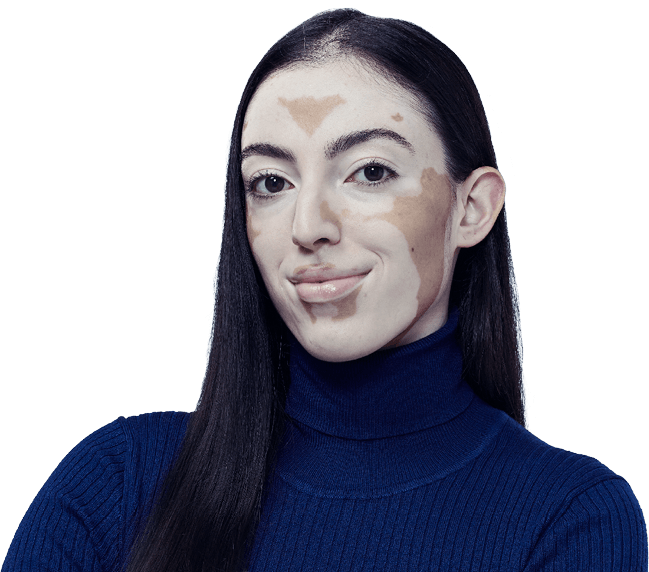Initiation
Melanocyte stress and immune cell activation
Genetic and environmental factors induce melanocyte stress, leading to innate immune activation of melanocyte-specific CD8 + T cells that release IFN-γ2,7,8
Progression
JAK-STAT activation and signalling
- IFN-γ activates JAK-STAT (through JAK1/2) signalling in keratinocytes, inducing CXCL9/10 production and recruitment of CD8+ T cells to the epidermis7,9-11
Progressive melanocyte destruction
- IFN-γ production by CD8+ T cells results in a positive feedback loop that causes widespread melanocyte destruction and/or detachment and subsequent skin depigmentation7,9-11
Persistence
Established melanocyte destruction is maintained by memory T cells that require IL-15, mediated by JAK1/36,7,12





